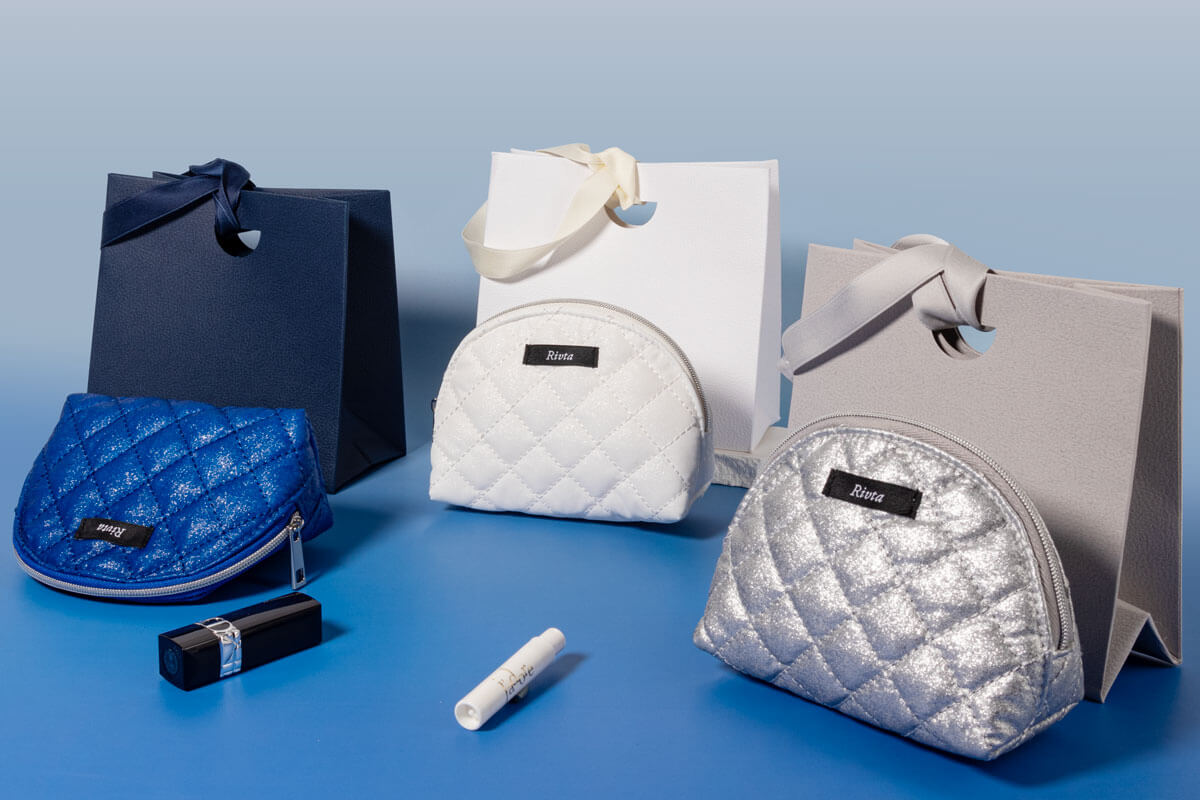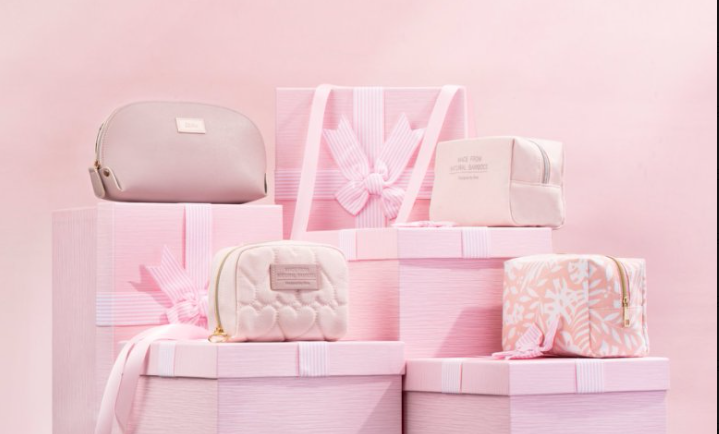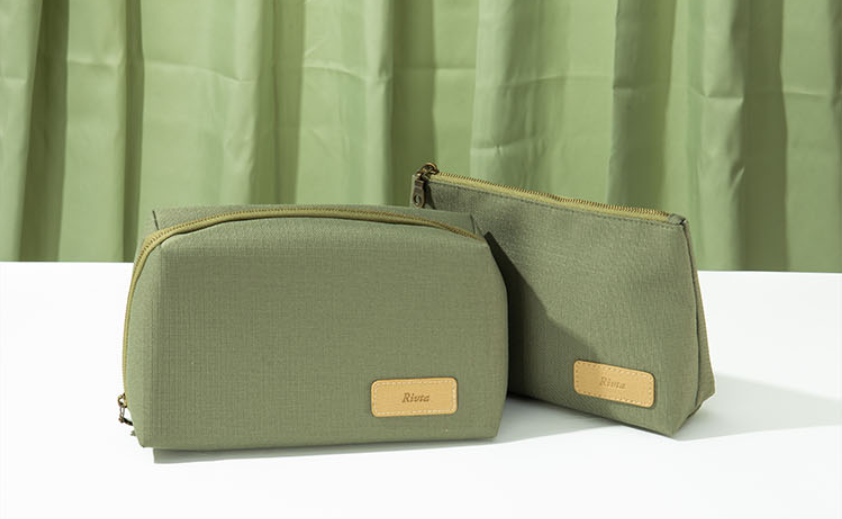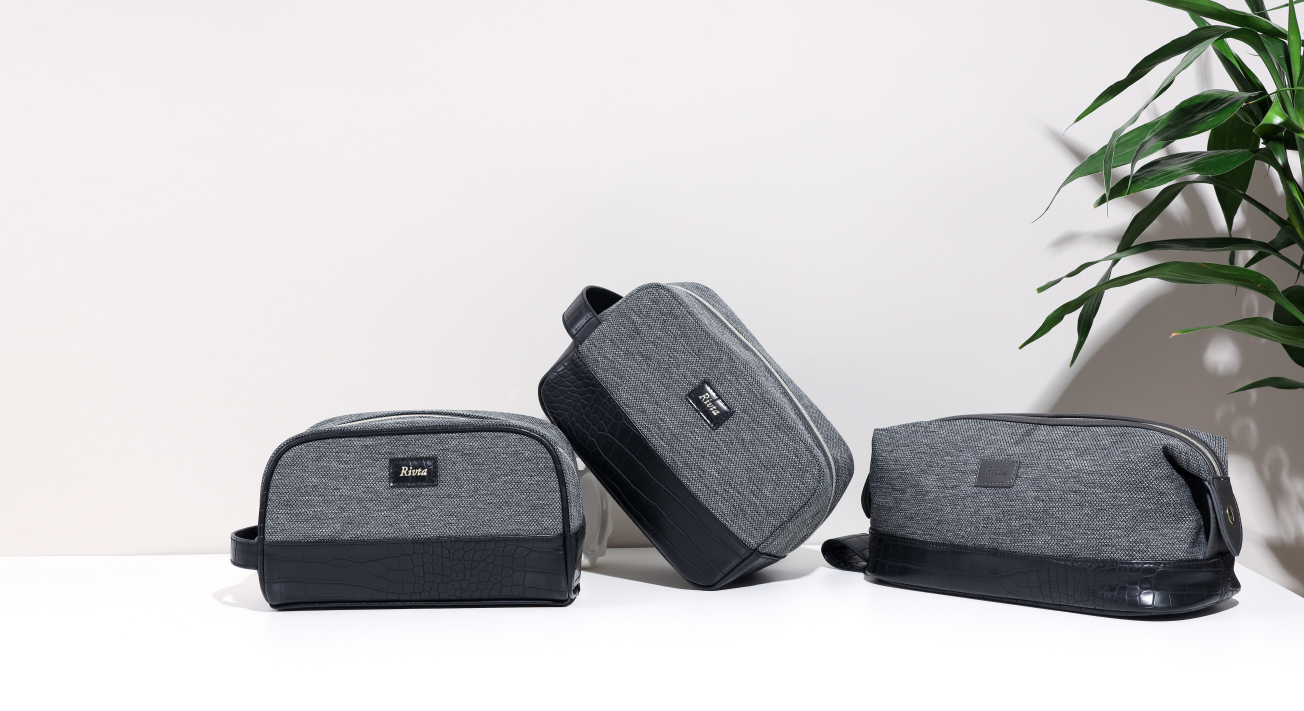Private Label Makeup Bag Manufacturing: How It Works & How to Start
You want to launch a makeup bag line for your brand. But the thought of designing and manufacturing from scratch is overwhelming and seems too expensive.
Private labeling lets you choose a manufacturer's existing bag design and customize it with your branding. To start, define your vision, find a reputable manufacturer, provide them with a detailed brief, approve a sample, and then place your production order.
I believe every product launch is a co-creation. It is a partnership where your brand's vision meets our manufacturing expertise. My mission is to make this process feel less like a transaction and more like a collaboration. I have worked with many brands, including designers like Jennie who bridge luxury and sustainability. I understand the need to get a high-quality, on-brand product to market efficiently. This guide will walk you through the private label process, step by step, showing you how accessible it can be with the right partner.
What is private labeling and what are the key benefits for your brand?
You have a strong brand identity but no physical product. The idea of starting a product from zero feels like a huge, risky, and expensive undertaking.
Private labeling is when a manufacturer produces a product that you sell under your own brand name. The key benefits are speed to market, lower development costs, and full control over your branding.
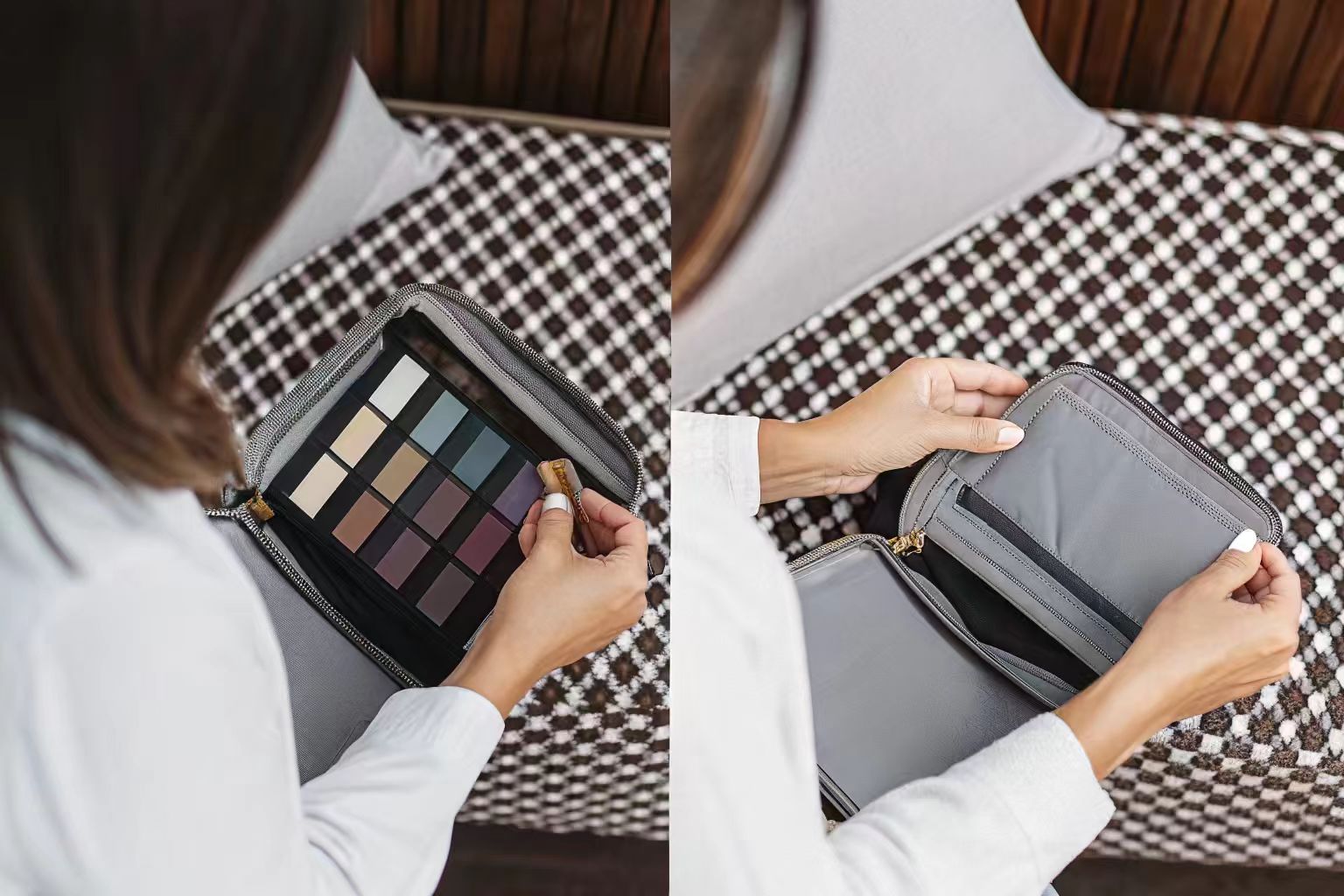
So many designers I talk to feel they have to invent something completely new. But often, the smartest path is to build on a proven foundation. Private labeling allows you to do just that. It is not about taking a generic, uninspired product. It is about finding a high-quality base design and infusing it with your unique brand DNA. For example, a luxury skincare brand can take one of our well-constructed rPET canvas pouches and elevate it. They can choose a custom Pantone color, add a debossed vegan leather patch with their logo, and select a premium gold zipper. The final product feels completely unique to their brand, but they got there much faster and more affordably than starting from scratch.
What "Private Label" Really Means
Private labeling sits in a sweet spot between buying generic wholesale products and fully custom manufacturing.
- The Foundation: The manufacturer offers a selection of pre-designed, tested, and production-ready bag styles. These are sometimes called "stock styles" or a "catalog."
- The Customization: You choose a base style and then customize it. This includes selecting materials, colors, hardware finishes, and applying your own logo and branding.
- The Ownership: The final product is 100% yours. You market and sell it as an exclusive item from your brand.
Key Benefits for Beauty Brands
This model is especially powerful for beauty and fashion brands.
| Benefit | How It Helps Your Brand |
|---|---|
| Speed to Market | You skip the long process of initial pattern making and prototyping. |
| Lower R&D Costs | You leverage the manufacturer's investment in design and tooling. |
| Brand Control | You control the final aesthetic, from the logo to the packaging. |
| Lower MOQs | Factories often offer lower minimums on their existing styles. |
| Proven Designs | You are starting with a bag structure that is already functional and tested. |
| Expertise on Tap | You gain access to your partner's knowledge of materials and production techniques. |
What is the step-by-step process from your idea to your branded product?
You like the idea of private labeling, but the process from A to Z seems confusing. You are worried you might miss a crucial step or make a costly mistake.
The process is simple. First, define your vision. Then consult with a manufacturer to customize a design. Next, review and approve a physical prototype. Finally, place your bulk order for production and shipping.
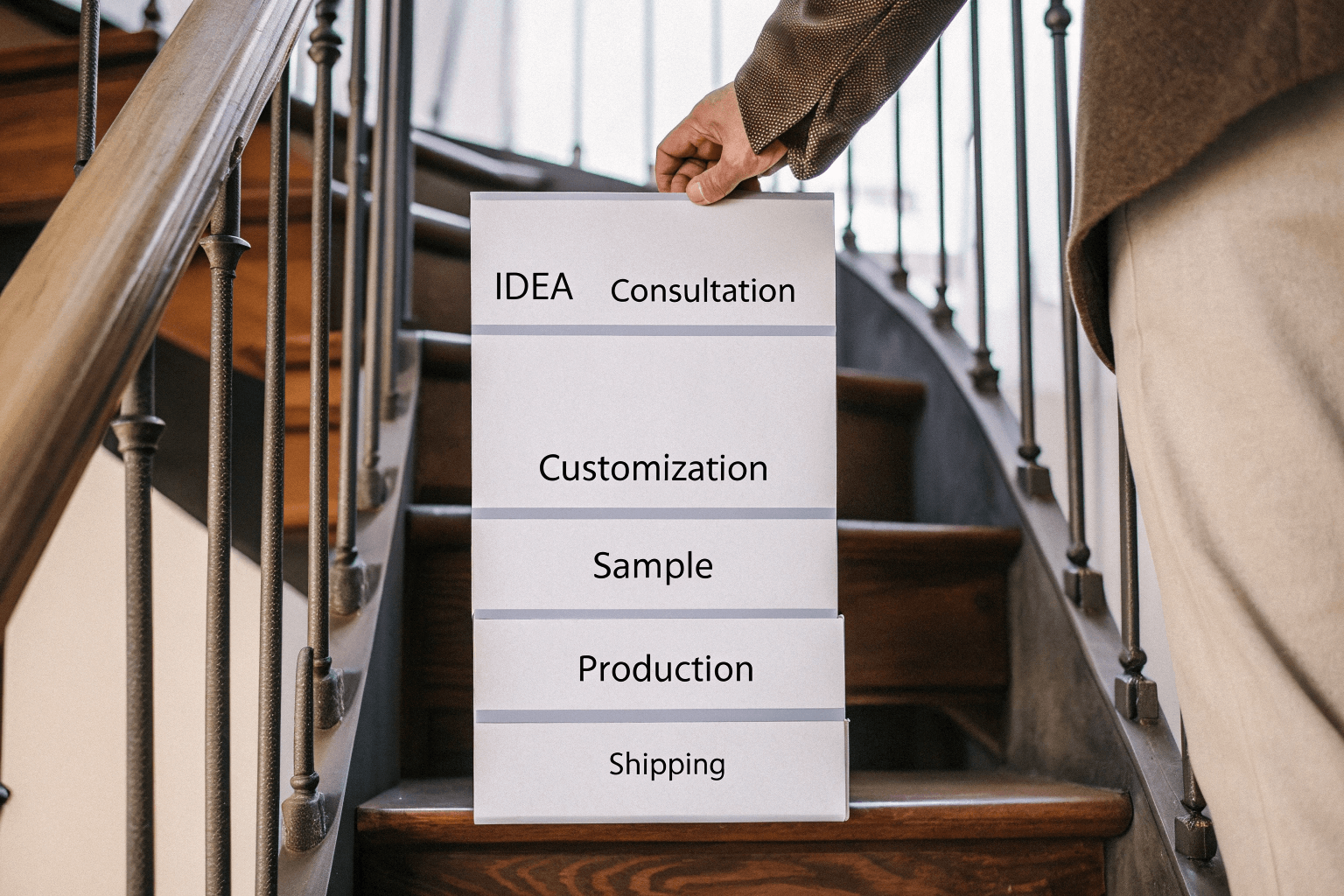
I see this process as a collaborative journey. My role is to guide you through each stage, ensuring your vision is realized perfectly. A great example is the sampling stage. A designer once received a prototype from us and felt the color was just slightly off from her brand's specific shade of terra cotta. Instead of just saying "it's wrong," we worked together. She mailed us a physical color swatch. We then custom-dyed a new fabric sample and sent it back for her approval before making a new prototype. This careful, collaborative back-and-forth in the sampling stage is the most important part of our co-creation process. It guarantees the final product is exactly what you envisioned.
Step 1: Vision & Consultation
This is the starting point. You come to us with your brand's identity, your target customer, and your general ideas.
- Share your mood board, brand colors, and logo.
- Discuss the bag's intended use (GWP, retail, etc.) and your target price.
- We will show you relevant styles from our catalog that fit your aesthetic.
Step 2: Design Customization & Quoting
Here we tailor the chosen design to your brand.
- Select your main material (e.g., rPET, cotton canvas, PU leather).
- Choose your colors using Pantone codes.
- Decide on your logo application method (e.g., screen print, debossing).
- Select hardware style and finish.
- Based on these details, we provide a detailed quote.
Step 3: Prototyping & Approval
We create a physical "pre-production sample" (PPS) for you to approve. This is your chance to see, feel, and test the final product before mass production begins. Never skip this step.
Step 4: Production & Quality Control
Once you approve the sample, you place your bulk order. Our team then begins mass production. Throughout this stage, we have quality control checkpoints to ensure every bag meets the standard of the approved sample.
Step 5: Final Inspection & Shipping
Before the goods leave our factory, a final inspection is done. We check for any defects in materials, stitching, or branding. After passing this final check, the products are carefully packed and shipped to your designated location.
How do you find and vet the right private label manufacturer?
There are thousands of factories in the world. Choosing the wrong one can lead to poor communication, low-quality products, missed deadlines, and a lot of headaches.
Search on B2B platforms like Alibaba or attend industry trade shows. Vet potential partners by checking their certifications, asking for case studies, and assessing their communication skills. A good partner should feel like a collaborator.
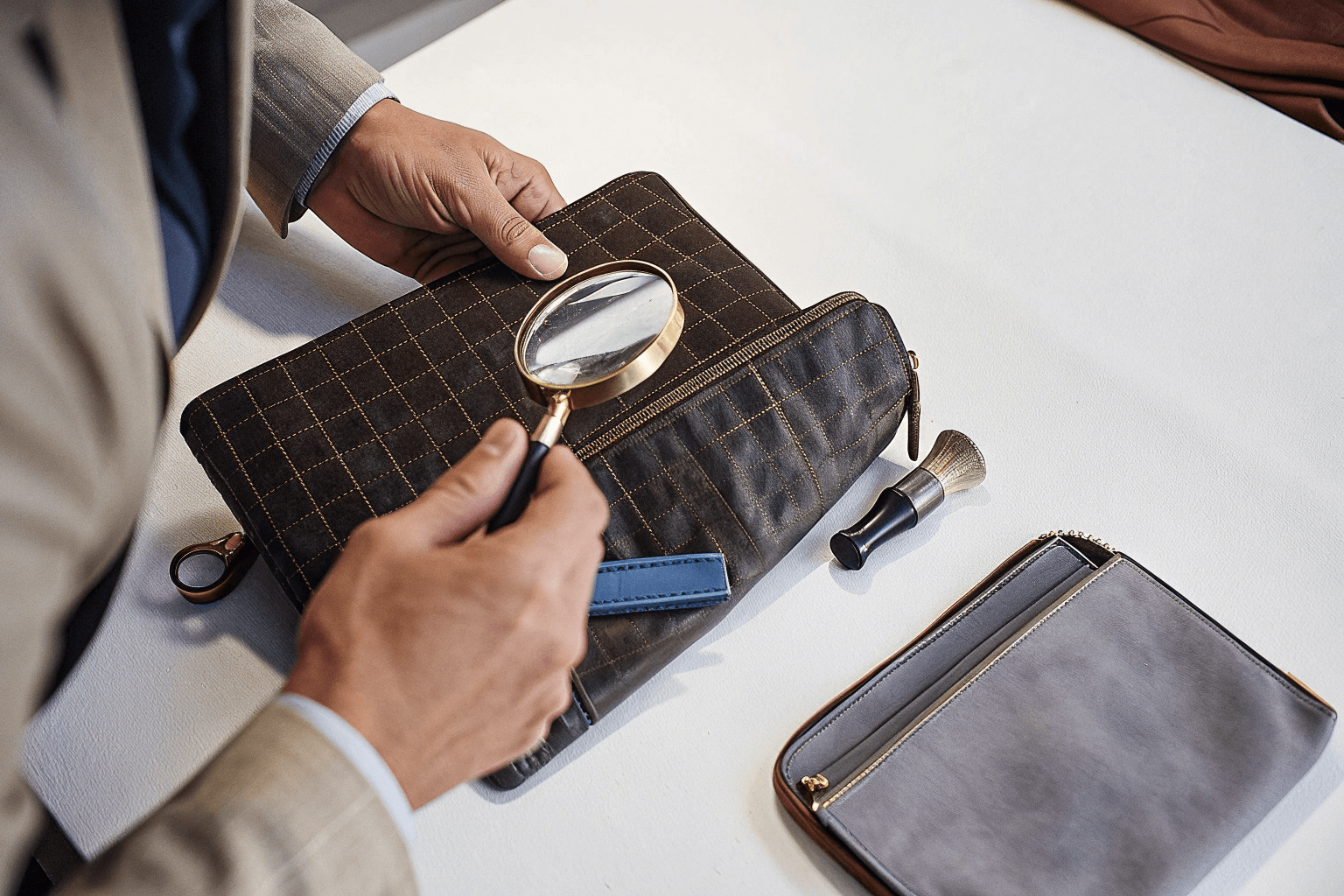
Finding a partner who aligns with your brand's values is just as important as finding one who can make a quality product. As part of our "Green Mission," we prioritize sustainable practices. When a designer like Jennie, who focuses on circular design, looks for a partner, she asks about more than just price. She asks about our material sources, our certifications for recycled content, and our social compliance audits like BSCI. A good manufacturer should be proud to share this information. This alignment on values is the foundation of a strong, long-term, win-win partnership.
Where to Look For Partners
- Online B2B Marketplaces: Sites like Alibaba are a good starting point, but they require very careful vetting. Look for suppliers with a long history, positive reviews, and a "Gold Supplier" or "Verified" status.
- Industry Trade Shows: This is one of the best ways to find great partners. You can meet the team in person, see and touch their products, and get a real sense of their quality and capabilities.
- Professional Networks: Ask for referrals from other brand owners or designers in your industry. A trusted recommendation is incredibly valuable.
What to Look For in a Good Partner
| Vetting Criteria | Why It's Important |
|---|---|
| Product Specialization | Do they specialize in bags and soft goods? A factory that makes everything makes nothing well. |
| Certifications | Look for quality management (ISO 9001), social compliance (BSCI, Sedex), and material certs (GRS for recycled materials). |
| Communication | Are they responsive, clear, and professional? Good communication is the key to a smooth project. |
| Case Studies | Can they show you examples of similar products they have made for other brands? |
| Transparency | Are they open about their process, costs, and lead times? |
| Collaborative Spirit | Do they offer suggestions and solutions, or just take orders? You want a proactive partner. |
What essential preparation do you need before contacting a factory?
You found a few potential manufacturers and are ready to send an email. But contacting them unprepared will lead to vague answers, wasted time, and make you seem unprofessional.
Before contacting a factory, prepare a clear design brief. This should include a mood board, your target cost and quantity, your branding assets (like a vector logo), and a simple tech pack or spec sheet.
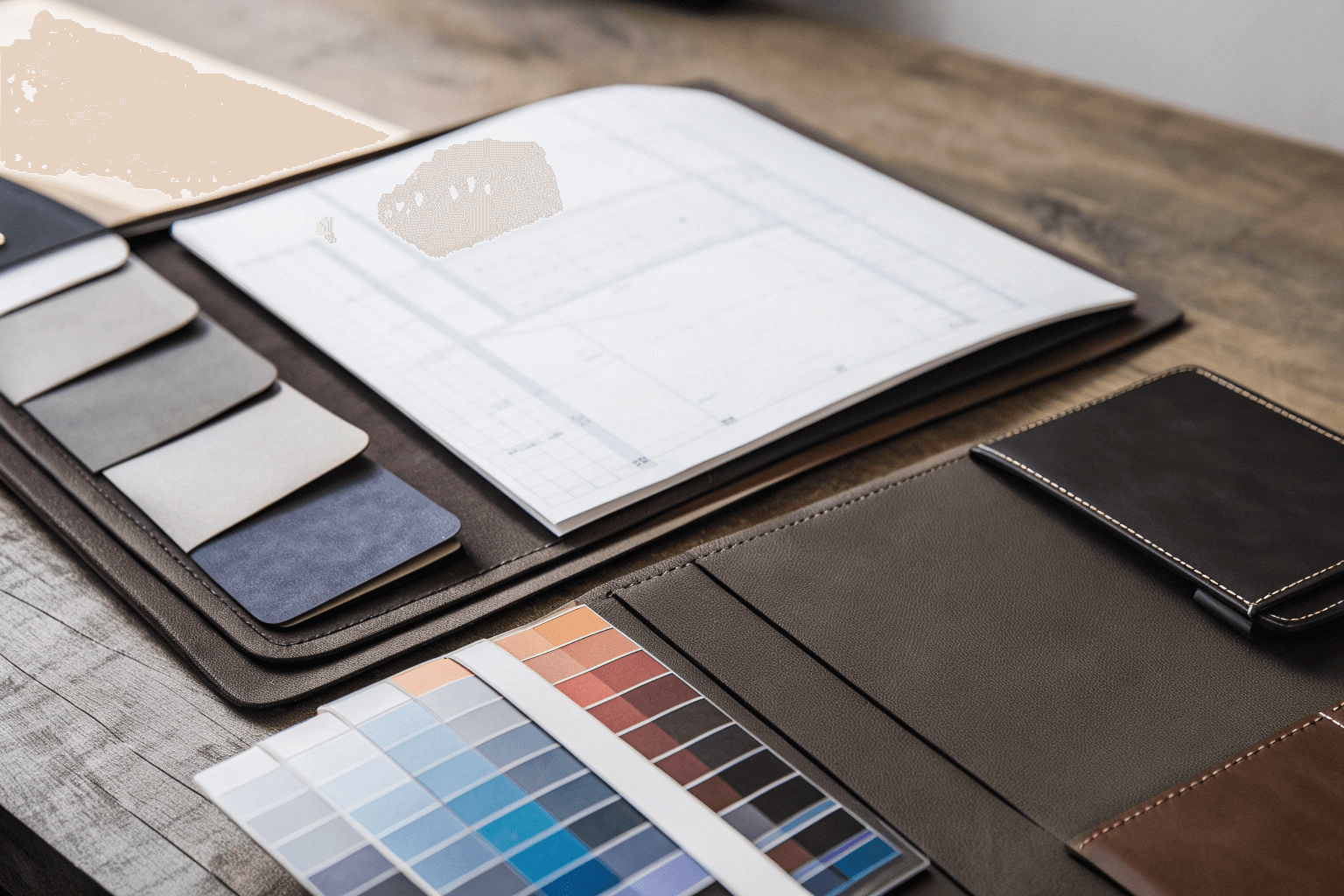
The best projects I have ever worked on started with a clear brief. When a designer comes to me with a well-prepared plan, it kickstarts our co-creation process immediately. They are not just asking "how much for a bag?" They are saying, "Here is my vision, my target audience, and my brand identity. How can we work together to bring this to life?" A great brief shows that you are a serious professional and allows me to give you a much more accurate quote and helpful suggestions right from the first conversation. It respects your time and ours, and it sets the partnership up for success.
Your Pre-Contact Checklist
Having these items ready will make your first interaction much more productive.
1. The Design Brief or Mood Board
This is a visual guide to your aesthetic.
- Include images of bags you like.
- Show your brand's color palette.
- Include examples of textures and materials you are drawn to.
2. Business Goals
Give the manufacturer context.
- Target Cost: What is your ideal cost per bag? Give a realistic range.
- Order Quantity: What is your estimated first order quantity (e.g., 1000, 3000, 5000 units)?
- Timeline: When do you need the products delivered?
3. Branding Assets
Have these files ready to share.
- Logo: A high-resolution vector file (formats like .ai, .eps, or .pdf are best) is essential for high-quality printing.
- Brand Colors: Provide the specific Pantone (PMS) codes for your brand's colors.
4. A Simple Spec Sheet
Even for private label, this is incredibly helpful. It is a simple document that lists your requirements.
- Desired Dimensions: Approximate height, width, and depth.
- Material Ideas: For example, "recycled canvas" or "smooth vegan leather."
- Key Features: "Must have a waterproof lining," or "Want a metal zipper."
- Logo Placement: A simple sketch showing where you want your logo.
Conclusion
Private label is a smart, efficient way to launch your makeup bag line. With thoughtful preparation and a true manufacturing partner, you can bring a beautiful, branded product to market successfully.
